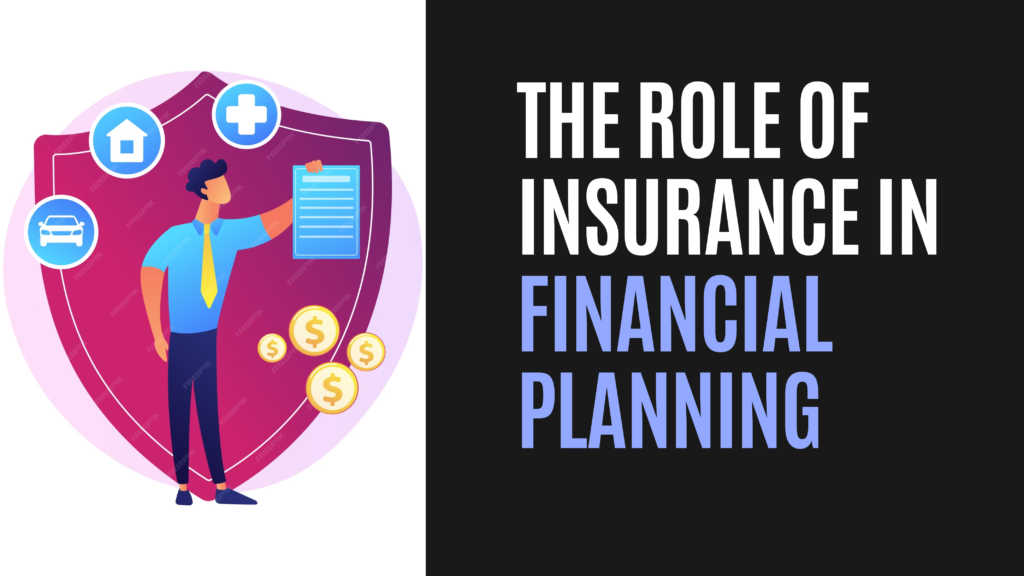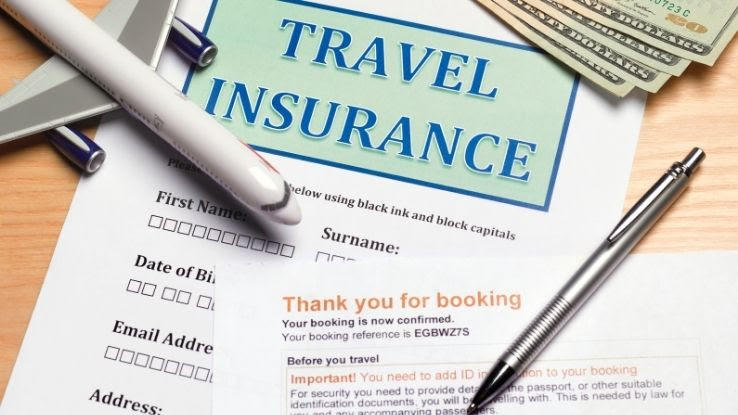The 30-Second Trick For Pacific Prime
Table of ContentsPacific Prime for BeginnersThe Greatest Guide To Pacific PrimeWhat Does Pacific Prime Mean?What Does Pacific Prime Mean?
In a lot of states, the insurance company is called for to send you a duplicate of the modifications to your plan. It is very important that you read Endorsements or Riders so you understand how your policy has changed and if the policy is still sufficient to satisfy your requirements. To acquire a copy of your insurance policy, please contact your insurance coverage agent or business.
The Institute of Medicine (IOM) Committee on the Repercussions of Uninsurance launches an extensive evaluation of evidence that addresses the significance of medical insurance protection with the magazine of this report. Coverage Matters is the first in a series of 6 reports that will be provided over the next two years documenting the truth and effects of having an approximated 40 million individuals in the USA without medical insurance protection.

Pacific Prime Fundamentals Explained
The goal of this series of studies is to redouble plan interest on a historical trouble. Following the lengthiest financial growth in American background, in 1999, an estimated one out of every six Americans32 million grownups under the age of 65 and more than 10 million childrenremains uninsured (Mills, 2000).

10 percent of the population make up 70 percent of health and wellness treatment expenses, a correlation that has actually remained consistent over the previous 3 decades (Berk and Monheit, 2001) - group insurance plans. Therefore wellness insurance policy proceeds to offer the feature of spreading out threat even as it significantly finances routine care. From the viewpoint of healthcare providers, insurance policy brought by their patients assists protect an earnings stream, and communities take advantage of economically viable and steady healthcare experts and institutions
Federal government provides health insurance coverage to populaces whom the exclusive market might not offer successfully, such as handicapped and seniors, and populations whose access to health care is socially valued, such as children and expecting ladies. The utmost ends of medical insurance protection for the individual and neighborhoods, consisting of workplace neighborhoods of workers and companies, are enhanced health outcomes and lifestyle.
A Biased View of Pacific Prime
Staff members rate wellness insurance policy initially without a doubt in importance among all the advantages provided in the work environment (Salisbury, 2001). Although there have been large financial investments of individual and public funds to provide medical insurance, lots of people still have no coverage. In spite of comprehensive coverage of study findings and healthcare study results, the public continues to be baffled and misinformed concerning Americans without medical insurance and the implications of doing not have protection.

Without question, the complexity of American health care funding systems and the wealth of sources of details add to the general public's confusion and suspicion about medical insurance stats and their interpretation. This report and those that will certainly adhere to objective to boil down and offer in readily easy to understand terms the comprehensive study that bears upon concerns of medical insurance protection and its significance.
Fifty-seven percent of Americans questioned in 1999 thought that those without health insurance policy are "able to get the care they require from physicians and health centers" (Blendon et al., 1999, p. 207). In 1993, when nationwide attention was concentrated on the troubles of the uninsured and on pending health care legislation, simply 43 percent of those questioned held this belief (Blendon et al., 1999).

They additionally obtain less precautionary solutions and are much less most likely to have regular take care of chronic problems such as hypertension and diabetic issues. Chronic diseases can lead to expensive and disabling difficulties if they are not well handled (Lurie et al., 1984; Lurie et al., 1986; Ayanian et al., 2000). One national survey asked greater than 3,400 grownups concerning 15 extremely major or dark conditions.
Examine This Report on Pacific Prime
Additional proof is provided later in this phase in the discussion of insurance coverage and accessibility to wellness care. http://dugoutmugs01.unblog.fr/2024/04/02/pacific-prime-your-partner-for-comprehensive-insurance-solutions/. People without health insurance policy are young and healthy and choose to do without insurance coverage. Nearly half (43 percent) of those checked in 2000 believed that people without medical insurance are much more most likely to have health issue than individuals with insurance policy
Voters and policy manufacturers in focus team discussions characterize those without insurance policy as young people that have the opportunity to be covered and feel they do not require it (Doorperson Novelli, 2001). Contrasted to those with at least some exclusive insurance coverage, see this website the uninsured are much less likely to report remaining in exceptional or excellent wellness (Company for Medical Care Study and Quality, 2001).
RESOURCE: Facility for Price and Financing Research Studies, Company for Health Care Research Study and High quality, based on MEPS data. Young person between 19 and 34 are even more most likely to do not have health and wellness insurance policy than any kind of other age. This is primarily since they are much less frequently qualified for employment-based insurance coverage as a result of the nature of their job or their brief period in it.
The understanding that individuals without insurance policy have better-than-average health follows from puzzling the reasonably young age account of the without insurance with the better health and wellness, typically, of more youthful individuals. This covers the web link in between health condition and medical insurance. For those without access to workplace medical insurance, inadequate health is a possible obstacle to buying nongroup insurance coverage due to the fact that such coverage may be very priced, omit pre-existing problems, or be merely inaccessible.